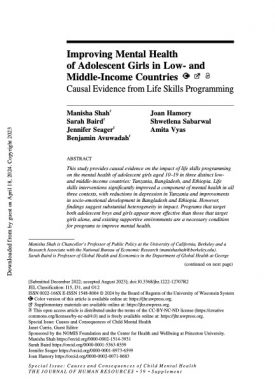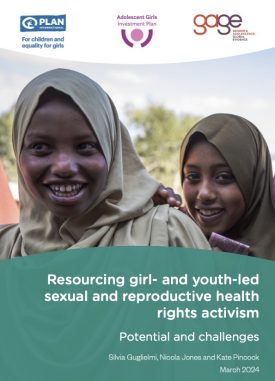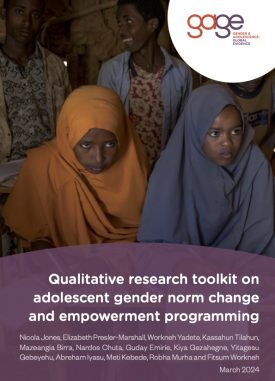Expanding girls’ access to schooling in low- and middle-income countries has featured in efforts to improve health and to reduce poverty, given the positive downstream effects of increased schooling attainment for women, including improved maternal and child health. Despite substantial progress towards achieving gender parity at the primary school level, secondary schooling attainment for girls still lags behind that of boys due to greater attrition beginning in early adolescence. In Nepal, as elsewhere, a complex set of interrelated social and structural barriers cause irregular attendance and increased attrition among girls, including son preference, menstrual restrictions and limited access to private toilets and menstrual supplies. Recommendations from the health and development sectors to reduce girls’ differential attrition include gender-sensitive pedagogy, comprehensive sexual and reproductive health (SRH) education and the expansion of access to menstrual hygiene. To understand the factors that contribute to a more equitable school environment for girls, we created the gender-equitable school (GES) index for secondary schools and assessed its relationship with girls’ grade 8 pass rates.
Suggested citation
Bergenfeld, I., Jackson, E. and Yount, K. (2020) ‘Creation of the gender-equitable school index for secondary schools using principal components analysis’, International Health. (https://doi.org/10.1093/inthealth/ihaa032.)


